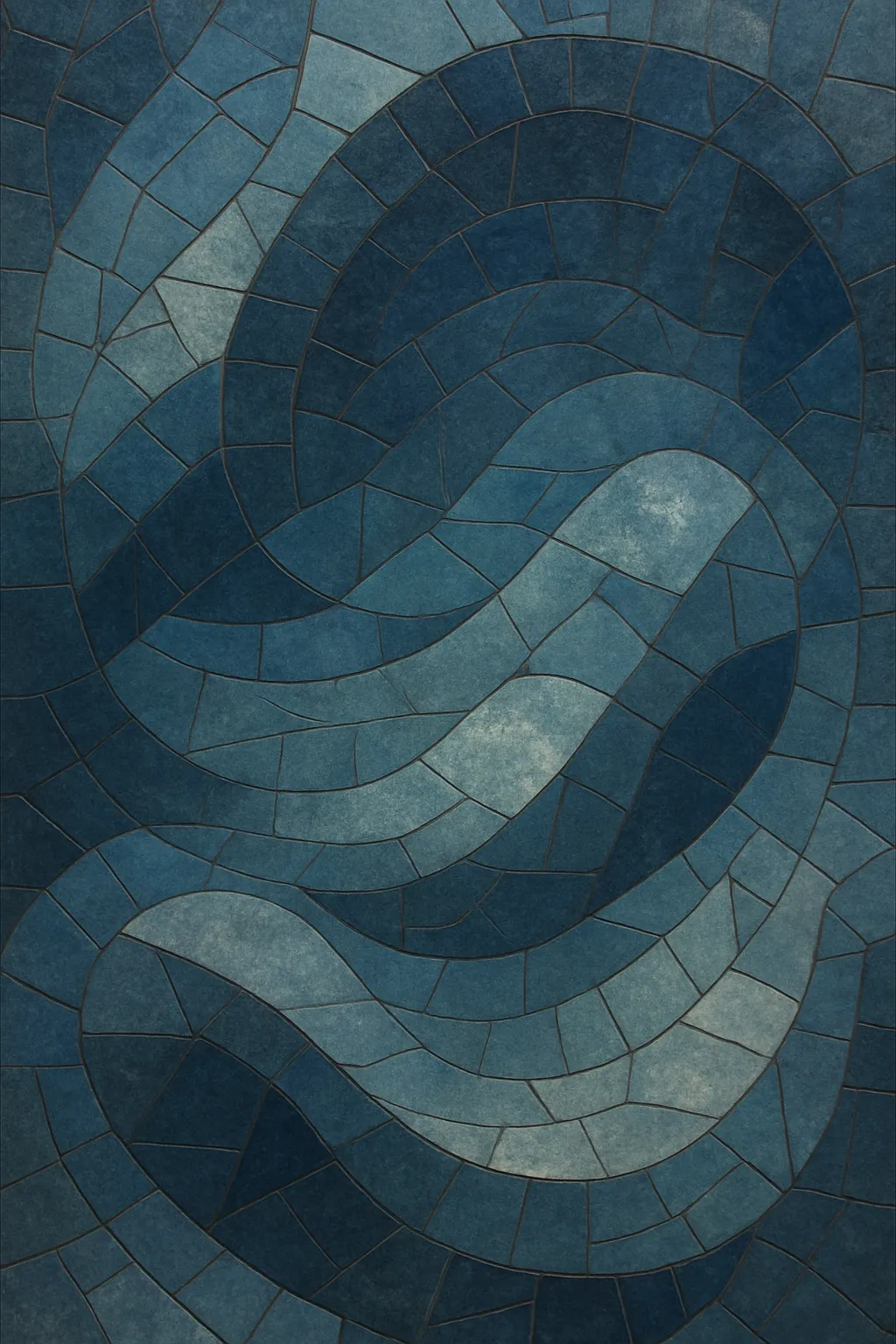
Weightless is a minimalist, beatless offshoot of grime and UK club music that emphasizes negative space, texture, and atmospherics over traditional drum patterns.
Rather than driving on a kick–snare grid, tracks hover at grime-adjacent tempos while using sub-bass swells, icy pads, atonal stabs, and carefully placed percussive flickers. The result feels suspended and disorienting—dense in sound design yet sparse in rhythm—creating a floating, zero-gravity sensation.
The style foregrounds sound design and spatial mixing: long decays, reverb tails, and silence are treated as compositional elements. It’s club-informed but introspective, often sitting between ambient, experimental electronic music, and deconstructed grime.
Weightless emerged in the early-to-mid 2010s in the UK, as producers close to the grime ecosystem experimented with removing drums and hooks while retaining grime’s sound palette, tempo range, and stark mood. The Boxed club night in London fostered a climate for post-grime experimentation, while the Different Circles label (run by Mumdance and Logos) articulated a clear aesthetic for "weightless"—music that maintains tension without relying on a conventional beat.
By the mid‑2010s, the term "weightless" was being used in press and by artists to describe this beatless grime approach. Compilations and mixes from Different Circles, alongside EPs and singles by affiliated artists, helped codify its sonic grammar: sub-bass pressure without kick anchoring, glassy pads, sharp transients, and extreme use of negative space. This period also saw cross‑pollination with broader experimental club and ambient scenes, bringing the sound to listeners outside grime’s core audience.
Weightless reframed how club music could create tension without rhythm, influencing adjacent UK club mutations and informing producers in the deconstructed club and wave spheres. Although niche, its vocabulary—silence as structure, beat-agnostic bass, and cinematic spatial design—continues to permeate experimental electronic music and left‑field club contexts.

